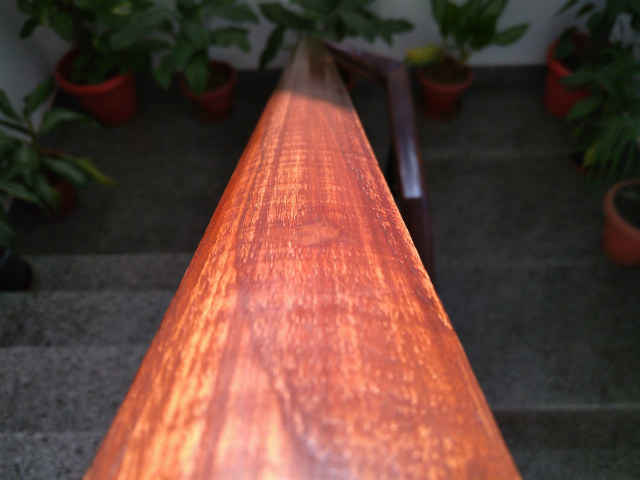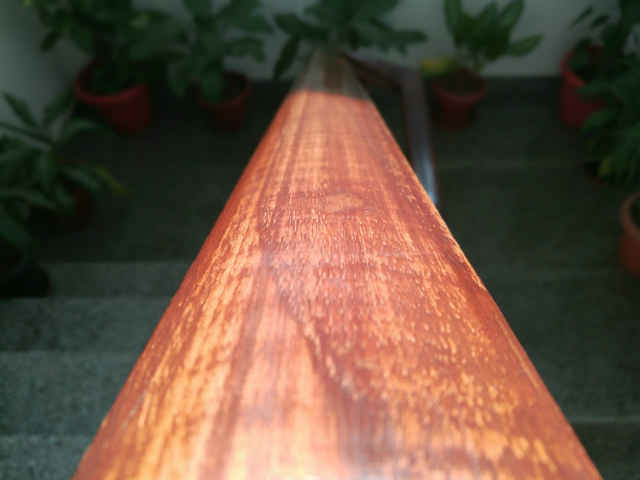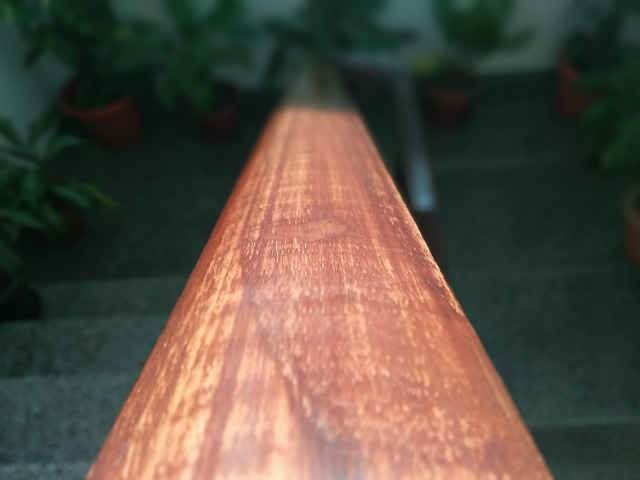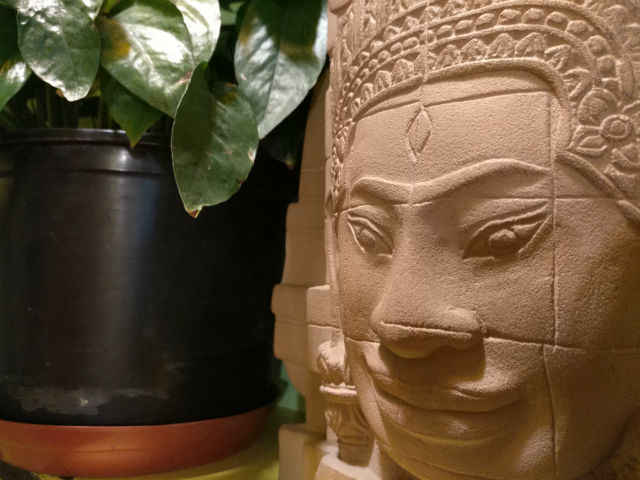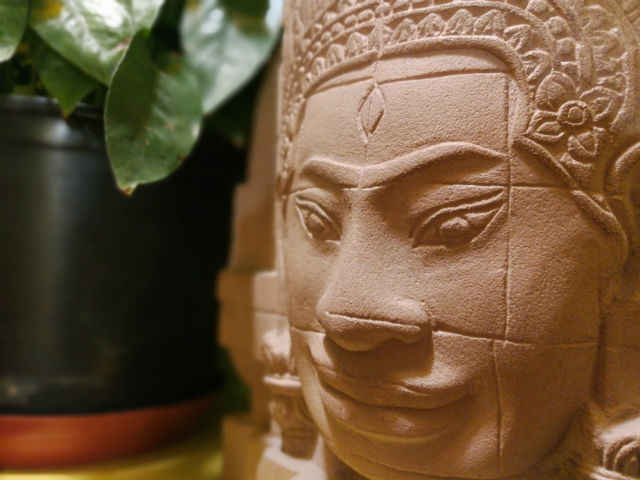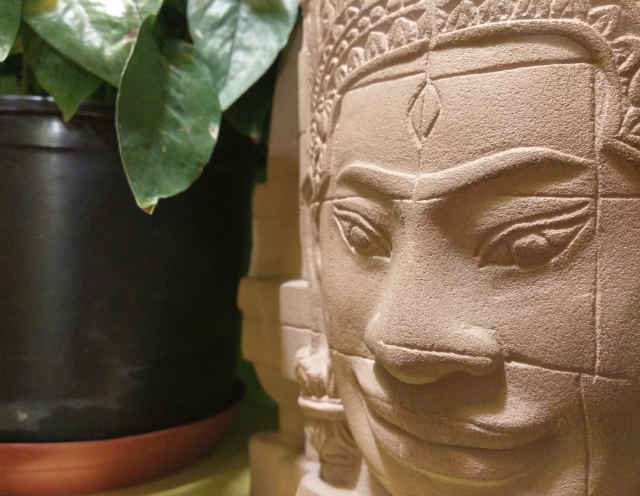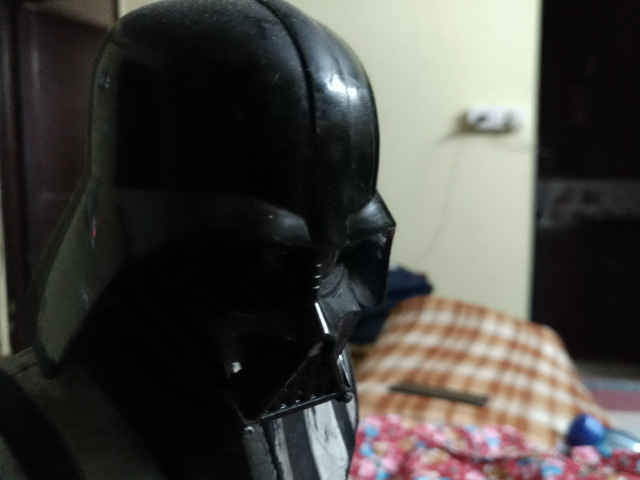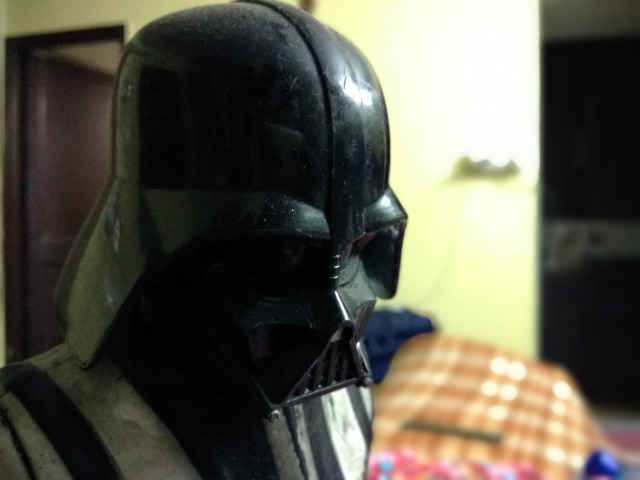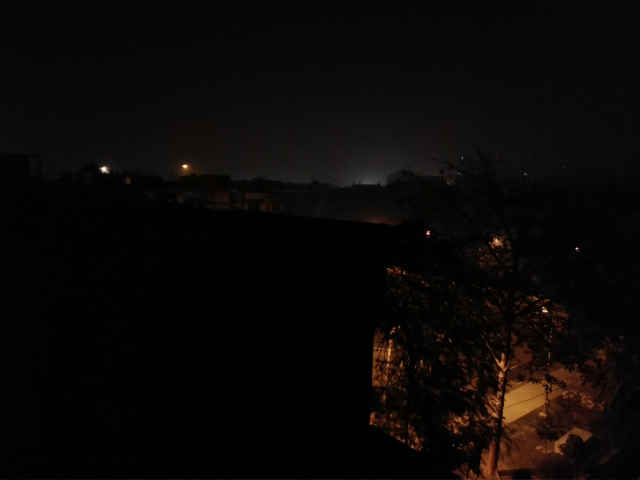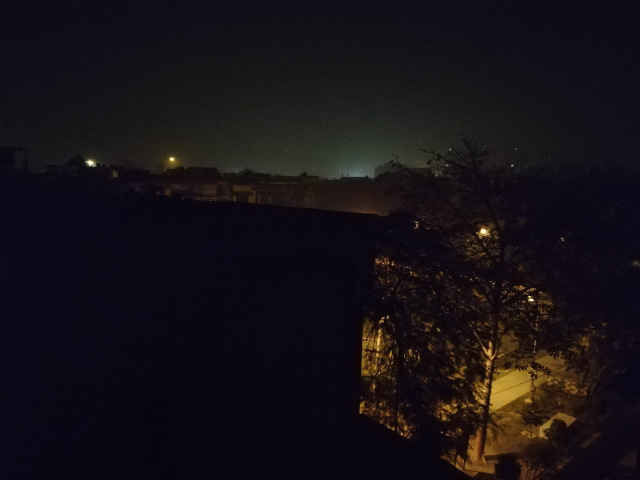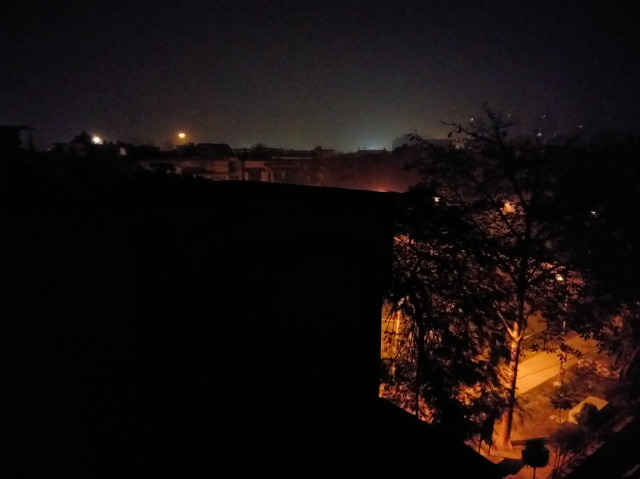Honor 6X camera: First Impressions
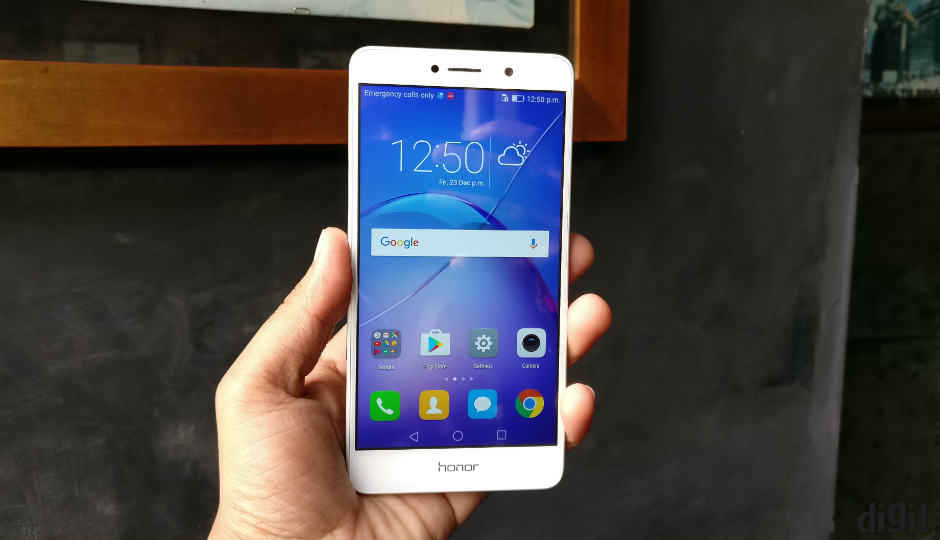
The Honor 6X has the potential to become one of the best sub-20k camera phones, by focusing on both details and soft backgrounds.
Budget smartphones have improved manifold when it comes to mobile photography. The latest phones priced under Rs. 20,000 use better sensors than before with larger pixel sizes, more capable image signal processors, and versatile applications that offer more manual control over your photographs.
The progress of smartphone innovation has also seen dual-camera modules make their way to lesser-priced devices. Coolpad, in association with LeEco, has the Cool1 in India. While it enjoyed momentary monopoly as the only dual-camera phone priced under Rs. 20,000, Honor’s latest launch, earlier today, joins the bandwagon with the Honor 6X, with a slightly different version of the dual-camera mechanism.
The Honor 6X, as we see later, offers a superior dual-camera mechanism over the Cool1, and forms a bridge for those looking for better details in photographs, along with better colours and the ability to produce software-induced bokehs. It has the promise to be a compelling camera unit, laying emphasis on both details and the advantage of dual-camera modules.
While all of this sounds good on paper, does it manage to beat the Nubia Z11 Mini, the best camera on a sub-Rs. 20,000 phone? Here’s what we found.
Differences in camera modules
The Nubia Z11 Mini does not include any of the two-camera sorcery that the Coolpad Cool1 and Honor 6X present. It uses the 16-megapixel IMX298 image sensor from Sony’s Exmor RS lineup, along with an f/2.0 lens – the same optic configuration used by the well-regarded OnePlus 3/3T.
Meanwhile, the Coolpad Cool1 relies on two IMX258 sensors, which falls in the lower strata of Sony’s Exmor RS mobile hierarchy. While one sensor captures the colour data within frames, the other one captures background depth, along with monochrome (black and white) data to add details and contrast to photographs. Both the sensors were paired with f/2.0 lenses.
Honor, meanwhile, has not yet specified the build of the primary sensor used. The Honor 6X employs a 12-megapixel CMOS BSI sensor as the primary camera paired to an f/2.0 lens, with an additional 2-megapixel camera with unspecified lens make adding peripheral details and depth to photographs.
The primary difference lies in the mechanism of photography in these cameras. While the Nubia Z11 Mini shoots with the single camera, the Cool1 shoots with two sensors offering the same resolution and combines photographs shot by the two into one photograph to add details. The Honor 6X uses the lower resolution secondary camera to add details on to the photograph shot by the primary module.
Apart from this, other differences include different ISPs on each, along with different camera applications.
Imaging performance
1. Daylight (Direct sunlight)
Photograph quality is fairly comparable here, among all three. The Nubia Z11 Mini produces the finer details better, but in terms of overall composition, the Honor 6X goes toe-to-toe with white balance, colour accuracy and saturation levels. The Coolpad Cool1 also comes close to the three, but comes third on virtue of lesser details.
Shot with the Nubia Z11 Mini
Shot with the Honor 6X
Shot with the Coolpad Cool1
2. Daylight (Diffused, indoors)
Shooting from within windows under diffused sunlight, the Honor 6X actually produces the best colour tone among the three in this comparison. The Nubia Z11 Mini still produces finer details and better sharpness, but renders slightly spiked saturation levels. The richer colour tone looks more vibrant, although the Honor 6X is closer to source. The Coolpad Cool1 looks slightly desaturated, and produces lesser details.
Shot with the Nubia Z11 Mini
Shot with the Honor 6X
Shot with the Coolpad Cool1
In terms of bokeh, the Honor 6X produces better soft backgrounds, while the Cool1 makes backgrounds somewhat hazy. Blurred backgrounds look richer and offer more details in photographs shot by the Honor 6X.
3. Indoor (Warm light source)
The Honor 6X produces good colours, rendering them with rich vibrancy and slightly higher saturation levels that add to the contrast. Level of details are decent here, and the bokeh mode produces decent blurs without compromising on the distinct textures of backgrounds. Noise is also reasonably well suppressed, but is noticeable.
Shot with the Nubia Z11 Mini
Shot with the Honor 6X
Shot with the Coolpad Cool1
The Nubia Z11 Mini trumps over it on virtue of higher details and better sharpness, but does not render any software-induced background defocus. It makes a compelling case for itself if you are not too intent to have sharp-focus foregrounds/backgrounds, with the rest of the frame blurred.
Shot with the Nubia Z11 Mini
Shot with the Honor 6X
Shot with the Coolpad Cool1
The Cool1, yet again, renders somewhat desaturated frames. It still produces decent photographs worthy of being shared on social media, but here, the bokehs look a bit too blurred.
Shot with the Nubia Z11 Mini
Shot with the Honor 6X
Shot with the Coolpad Cool1
4. Indoor (Fluorescent)
It is here that the Honor 6X renders coarse noise, which makes photographs appear slightly lacking in eventual composure. Colours are still fairly true to source, and the Honor 6X also seems to render most amount of light in frames.
Shot with the Nubia Z11 Mini
Shot with the Honor 6X
Shot with the Coolpad Cool1
The Nubia Z11 Mini has better dynamic range than the Honor 6X’s camera, on account of which it produces better details in shadows. In comparison, the Coolpad Cool1 comes third by losing out to the two on practically every parameter.
5. Low light
Although the Nubia Z11 Mini does render sharper subject outlines in low light and lesser noise, the Honor 6X renders the better overall photograph for casual shooters, despite higher noise levels in photographs. Both show a definite difference in their handling of saturation and white balance, with the Honor 6X tending to tone down warm saturation of tungsten lamps, and the Nubia Z11 Mini oversaturating the frame by a bit.
Shot with the Nubia Z11 Mini
Shot with the Honor 6X
Shot with the Coolpad Cool1
The Coolpad Cool1 practically pixelates frames here, and photographs shot in practically little or no light are nearly unusable, even for sharing on social media.
Which one is better?
The Honor 6X clearly has the benefit if you wish to own a smartphone camera capable of producing software-processed bokehs and the ability to adjust focus after shooting a photograph. The Nubia Z11 Mini is the better overall smartphone camera on account of higher details and more vibrant colours, but cannot produce soft backgrounds. The Coolpad Cool1 comes third, owing to lesser details, inferior noise management and off-mark colour accuracy.







